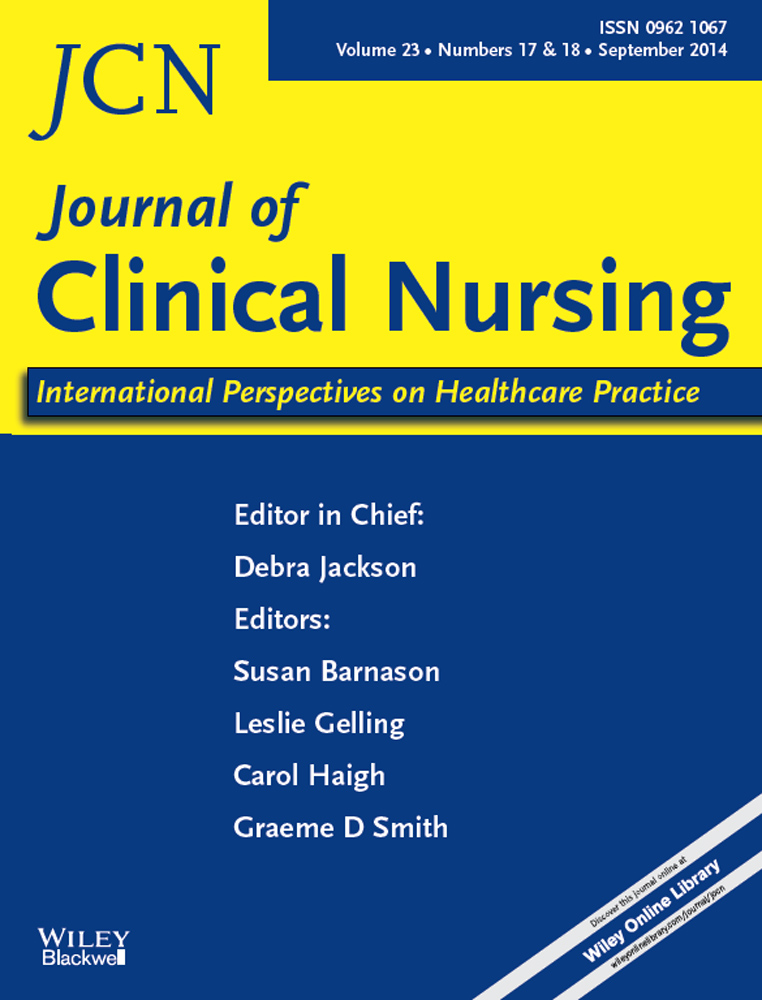The influence of cold pack on labour pain relief and birth outcomes: a randomised controlled trial
Abstract
Aims and objectives
(1) To evaluate the influence of local cold on severity of labour pain and (2) to identify the effect of local cold on maternal and neonatal outcomes.
Background
Fear of labour pain results in an increase in pain and duration of labour, maternal discontent and demand for caesarean section. Regarding maternal and foetal complications of analgesic medications, the attention to application of nonpharmacological methods including cold therapy is increased.
Design
Randomised controlled trial.
Methods
Sixty-four pregnant women, at initiation of active phase of labour, were allocated randomly to cold therapy and control groups (n = 64). Null parity, term pregnancy, presence of single foetus, cephalic presentation and completing informed consent were considered as inclusion criteria. Administration of analgesic and anaesthesia, foetal distress, skin lesions in regions of cold therapy and high-risk pregnancy provided exclusion criteria. Cold pack was applied over abdomen and back, for 10 minutes every 30 minutes during first phase of labour. Additionally, cold pack was placed over perineum, for 5 minutes every 15 minutes during second phase. Pain severity was assessed based on the visual analogue scale.
Results
The two groups were not significantly different considering demographic data, gestational age, foetal weight, rupture of membranes and primary severity of pain. Degree of pain was lower in cold therapy group during all parts of active phase and second stage. Duration of all phases was shorter in cold therapy group in all phases. Foetal heart rate, perineal laceration, type of birth, application of oxytocin and APGAR score were not significantly different between two groups.
Conclusion
Labour pain is probably reduced based on gate theory using cold. Pain control by cold maybe improves labour progression without affecting mother and foetus adversely.
Relevance to clinical practice
Local cold therapy could be included in labour pain management.




